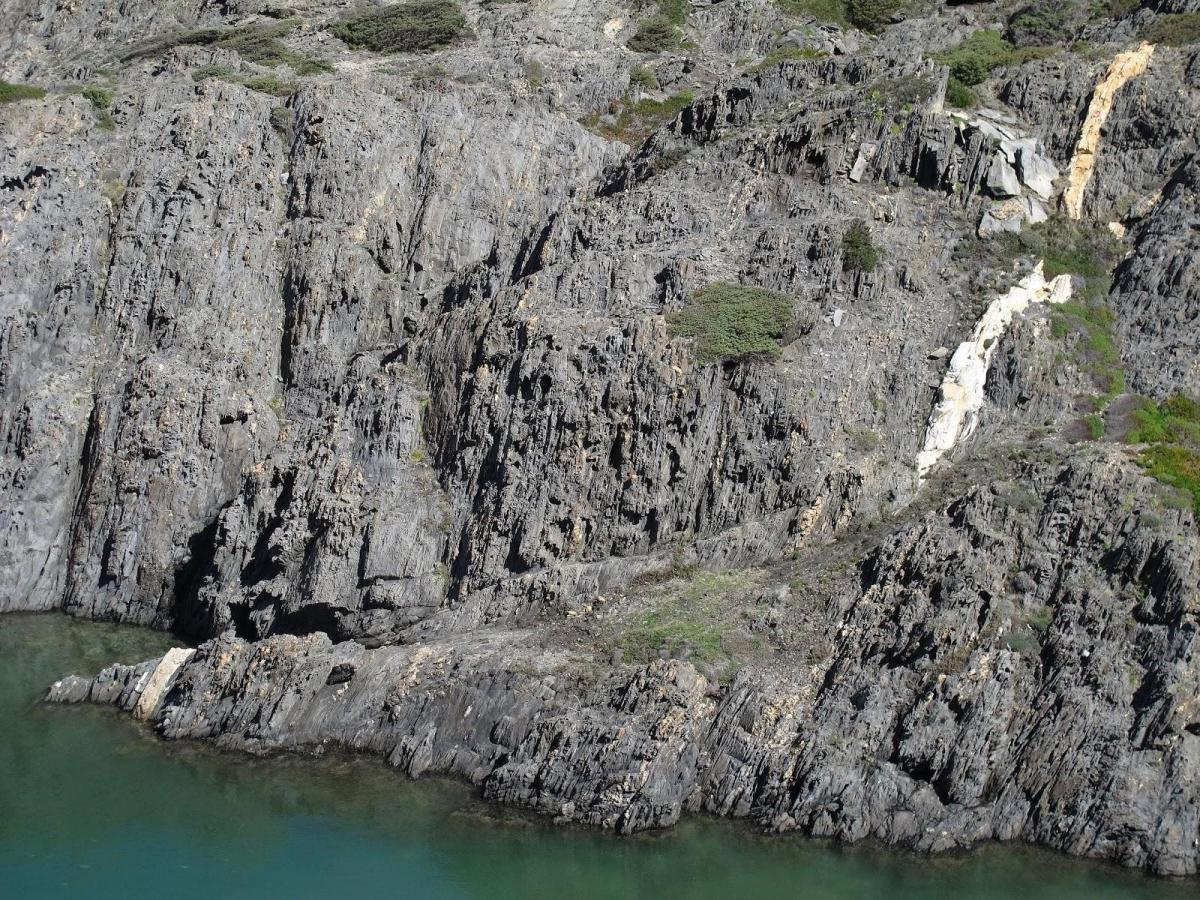The Impact of Fluid Flow on Crustal Radioactivity: Pushing heat around during tectonic reworking
Head into the field to analyse natural radioactivity of fluid-altered crust.

A large crustal shear zone (source, Wikipedia).
Crustal radioactivity affects crustal temperatures and thus has a potential influence on a wide range of crustal and lithospheric processes including melting, magmatism, and strength.
High crustal radioactivity may also be indicators of possible mineralization. Models of crustal radioactivity imply that it decreases with depth, more so than one would expect from a changing bulk composition, but why?
Possible explanations include fractionation and crystallisation processes, assimilation of enriched crustal material during ascent, and fluid redistribution.
The aim of the project is to explore the potential for fluid redistribution. Fluids, depending upon their composition, have the potential to mobilize heat producing elements (K, Th, and U) and redistribute them to different locations or stratigraphic depths.
In this project, you will study the magnitude of the redistribution on several crustal-scale shear zones in Australia by collecting in-situ radioactivity and major element chemistry profiles across these shear zones.
The project results will improve regional and global modelling of heat production distribution and temperature models of the crust and lithosphere that has undergone tectonic reworking.
Supervisors
- Dr Derrick Hasterok and Professor Martin Hand
- Research area: Tectonics and solid earth processes
- Recommended honours enrolment: Honours in Geology
